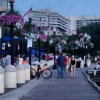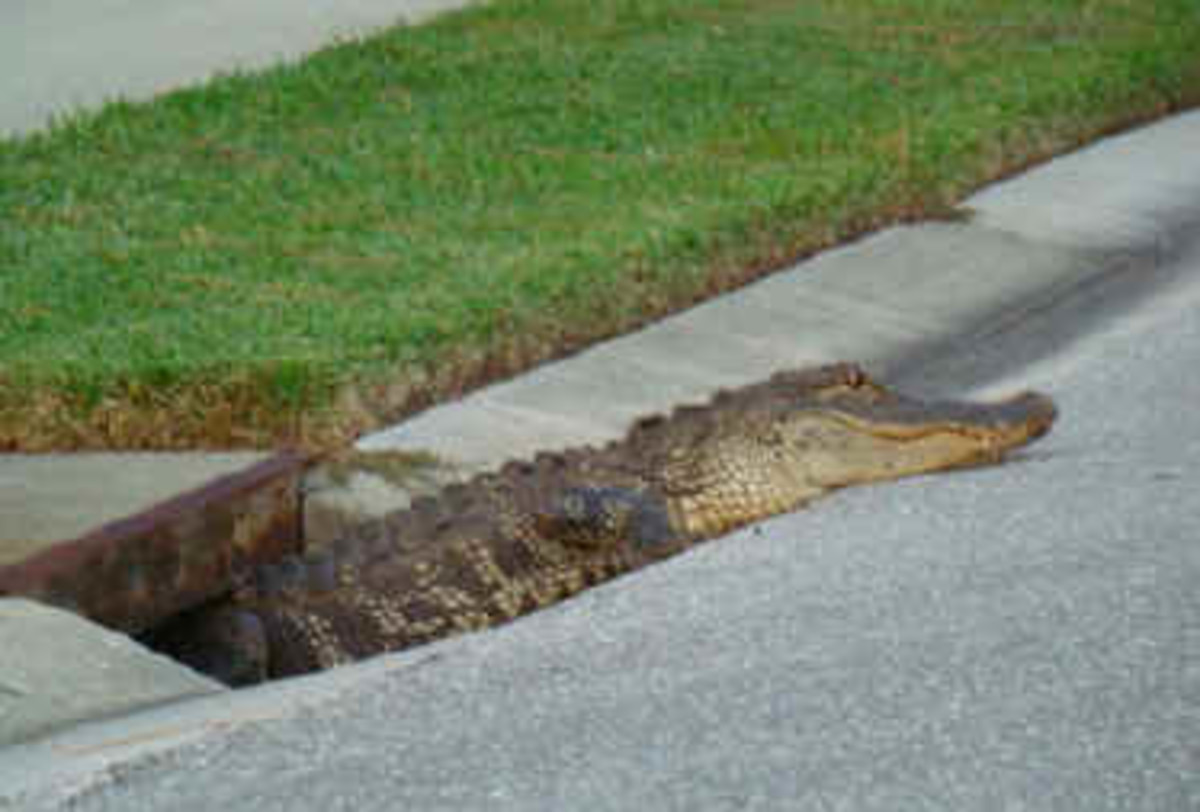Comic Con San Diego: All You Need to Know
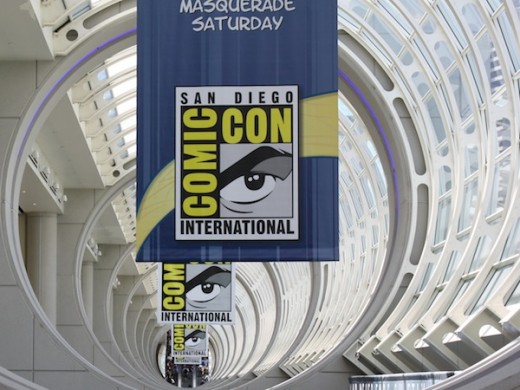
I. History and the Origin of the Comic Con San Diego
The Comic Con in San Diego first started in 1970, and in the first event, it was held in downtown San Diego with a relatively modest number of attendants of 170. The majority of attendees were comic fans. To increase the number of participants, organizers later tried to expand their target audience by including other topics of interests related to comics such as fantasy poetry, movies and art. From its initial success, since the 1990s, the audience of the event has grown exponentially to 48,000 in 2000, and 170,000 in 2011. Throughout the years, the event also evolved from a one-day event to three-day, and then a week-long event. The event usually takes place in mid-July, the best time of the year in San Diego with beautiful weather and many other festivity events.

San Diego Comic Con benefits from the migration of characters from comic books to blockbuster Hollywood movies and the endorsement of world-renown A-list celebrities. In this sense, the location of San Diego is perfect; it is close enough to Hollywood to have early information regarding upcoming release and a short commute for Hollywood stars, but it is also far enough to assemble a more diverse groups of audience and provide a more objective feedback to new potential releases. This also highlights the importance of the choice of a venue, part of an event’s logistics management, to ensure the success of an event in both short term and long term. The event’s venues such as streets, parks, exhibitions, stadiums, or a combination of those, must be suitable for the activities, and be located in a location that is optimal for all events’ stakeholders including organizers, audience, community, and so on (Frost & Laing 2012).
II. Objectives of San Diego Comic Con
Objectives of an event help to explain why the event has to be organized and shape the concept and major themes of the event. When first initiated, the San Diego Comic Con was intended to provide a forum for fans of comic and related types of art and entertainment genres to gather, exchange ideas, and discuss their interests, and spread their passion and interests to the wider public. For the time being, the main purposes remain the same, and to this end, the organizers have been very successful. In particular, San Diego Comic Con has drawn hundreds of thousands of comics fans from not only San Diego but also across the country and around the world to come. It also inspires and provides guideline and example for similar events in other locations. To illustrate, there are similar Comic Con events in major cities in the United States such as Baltimore, Los Angeles, New York, Tampa Bay, and around the world such as Comic Con Africa, Comic Con Paris, and Comic Con India, etc.
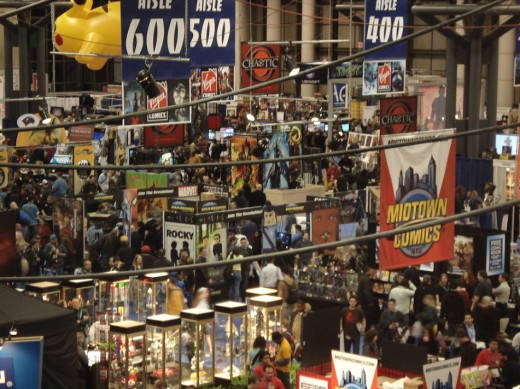
As the Comic Con San Diego grows in both scope and influence, all stakeholders find and establish their own objectives for the events. For example, many television program producers and filmmakers use this event as an opportunity to predict fans’ reaction to their upcoming products. Since Comic Con attracts many hardcore fans, social media influencers, and key opinion leaders, their reviews after seeing the previews, teasers, releases, etc. in the Comic Con can significantly impact the purchasing decisions of normal audience. For example, many Television series such as The Walking Dead, Lost became an international success following their successful debuts at Comic Con. Even though not all predictions turn out to be true, most producers still take opinions from Comic Con participants very seriously.
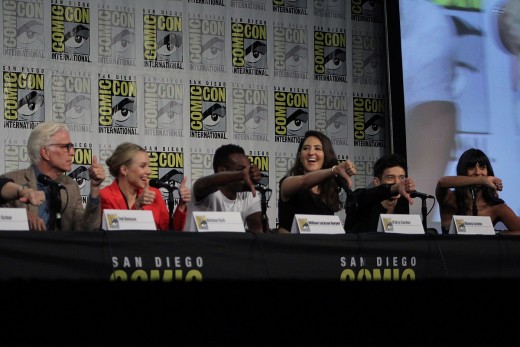
Moreover, many participants come to San Diego Comic Con for networking. With the participation of high-profile people from the entertainment industries and a wide-range of audience, Comic Con attendants can easily encounter people who share the same interests, hold key roles in the industry and exchange opportunities. Many Hollywood insiders rose to fame from the Comic Con, and many people schedule business meetings during the event.
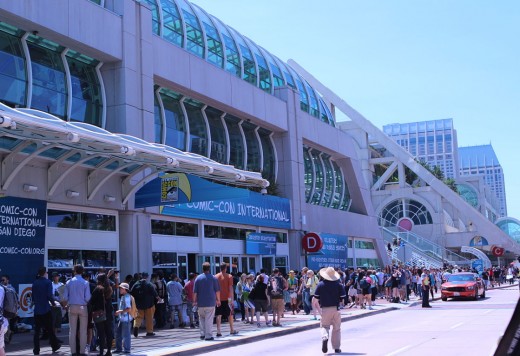
III. Comic Con Participant Experiences
The concept of experience has been received increasing attention from businesses nowadays as a way to gain a competitive edge over their competitors. Event management focuses primarily on the producing the best experience for today’s demanding and highly sophisticated customers. Modern customers go to an event not just to receive information or buy a product, but also to pursue a unique experience pertaining to the event. Although organizers are the one who plan, develop and provide the experiences for customers, they do not have direct interaction with customers. Customers experience the event through communicating, interacting with other participants/ stakeholders, engaging in different planned and unplanned activities, and other event components. To illustrate, once the customers enter the event, they will be impacted by the event’s physical facilities such as lighting, sound, and temperature, and they will interact with other people. After that, their feelings and perception of the event start to form, and then solidify by further development and engagement.
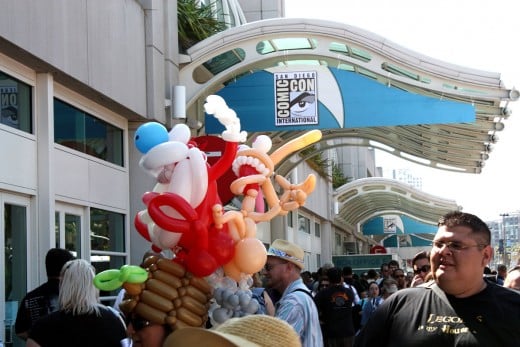
Full Week of Events and Festivities
For participants of San Diego Comic Con, their experience is highlighted by many different features. First, participants can experience myriads of activities over the course of a week. The event showcases a wide variety of activities such as discussion panels, film releases, movie previews, showrooms, exhibitions, press conferences and so on. There are so many things to do and points of interests many participants prepared for the Comic Con in a military manner, always entering the event with a list of objectives and strategies to complete. There were events which were so popular that it seemed like everyone was in the same room at once. Crowding is definitely experienced by participants at different times. For an event, crowding can be seen as positive, indicating the popularity of the event, enhancing publicity and the excitement of participants, and encouraging authentic interaction during and after the event. However, crowding requires proper planning to mitigate associated risks such as long waiting time and security.

Chance to meet with Hollywood celebrities
Another attraction of Comic Con to fans is the appearance of many Hollywood stars both planned and unplanned. Participants can easily approach their idols to ask for autographs and pictures. Comic Con San Diego 2019 welcomed big Hollywood names, both rising stars and established household names such as Angelina Jolie, Kristen Bell, Cole Sprouse, Jennifer Connelly, and so many more. Sometimes, fans can experience firsthand the most unique appearance of their dream celebrities. For example, in 2010, Marvel introduced the entire cast of that year’s Avenger movie at Comic Con event, and fans were over the moon. Handling A-list guests is also a high priority task for the organizers. Some event guidelines offer suggestions for VIP accommodation protocols including airport pickup, transportation, security, onsite facilities such as relax room, dressing rooms, and other provisions tailored to the needs of the specific guest.
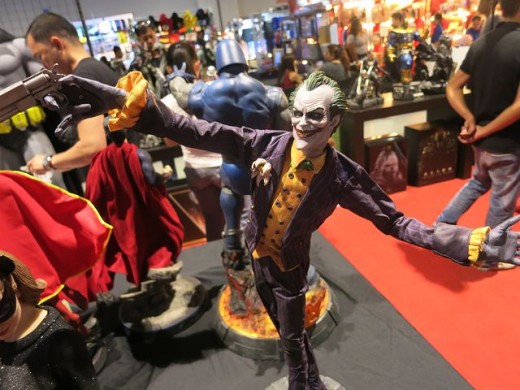
Professional and Amateur Cosplayers
Perhaps the most fascinating and distinctive experience of Comic Con festivals is cosplaying. During the weeklong event, the streets of San Diego are lighted with people in colourful costumes, bringing cosplaying to a higher level of art. The best costumes of the event are among the most commonly discussed topics among participants and the media. Costume preparation is also the most memorable part of the experience, allowing participants to explore and express their creativity and having fun together.
A Diverse Community
Finally, in recent years, participants at San Diego Comic Con can expect to meet a more diverse group at the event with growing participation of females and minority ethnicity. This adds more value to the debate and discussion at the event since opinions come from representatives of all groups of the population. However, it also raises some unintended issues that require organizers’ attention and planning to counteract such as sexual harassment and racial discrimination. In some sense, although featuring a fantasy world, Comic Con still reflects the issues in the real world.
IV. Summary
In conclusion, Comic Con is one of the most well-organized events for comic fans, featuring comic and fantasy-related themes. Although the initial intention of the event was simply to gather the comic fans together for some fun discussion and activities, as the event gartners its popularity and influence, it serves different purposes for different participants. The event provides an interesting case study for event management and offers great insights into participants’ experience and perception.
